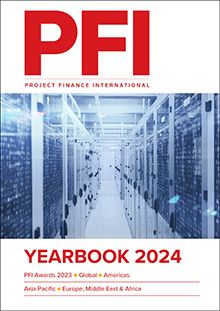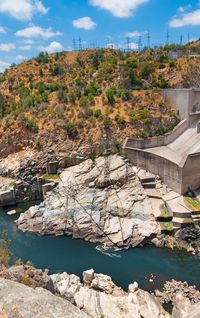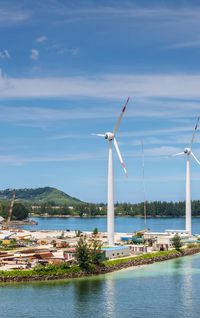Welcome to the 2024 Project Finance International (PFI) Yearbook. The Yearbook is our annual publication in which we look at the events of 2023 through case studies and the PFI Awards, and look forward into 2024 with a range of themed articles and profiles in the Global section of the book.
It was an extremely active year this year in the project finance arena but at the same time it had the feeling of a slowdown. Maybe it depended on where you were, geographically and sectorally. There was no holding back the LNG sector with some truly mega deals done in the US. Indeed, the US projects market in general is booming with green capital sucked into the country from all over the world by the provisions of the Inflation Reduction Act (IRA).
Its not that it was an easy ride in the US. Just ask some of the green developers, such as Orsted. Rising interest rates and construction costs, and finding a satisfactory interpretation of the provisions of said act presented some costly problems. US offshore wind – there are still less than a handful of offshore wind schemes financed in the US – presented major headaches with cancelled power purchase agreements and big sponsor writedowns, while at the same time offering a major future opportunity.
It was ever thus with the US power market. Ask onshore wind and solar project sponsors with schemes in Texas during the big freeze in early 2021. That said, sponsors in new tech sectors such as battery gigafactories are being enticed to the US by the IRA. New tech was a sector pushing ahead this year across the globe but developers started to focus on the US to bag the grant money. Other jurisdictions had to respond with their own incentive packages.
The question is, will large scale manufacturing truly move to US? Initial capex might be helped by grant funding but will opex be competitive during the life of a project? And then there is the prospect of the presidential election due in November and possible policy changes.
Offshore wind was one of the sectors that slowed down this year despite some mega deals being financed. New renewable generation costs are climbing for the first time, hopefully the downward progression will resume some time soon. Hydrogen remains on the cusp. We await the first carbon-capture deals with bated breath.
Green energy prospects look good on the surface. At COP28 there was a pledge to triple renewable energy generation by 2030. But developing new schemes is more tricky now than say even a year ago due to rising costs. We all know project development takes time, it is not shovel-ready. And there is a growing focus on the equity returns from these projects.
Digital finance is a massive growth area, led this year by data centres – very much the sector in vogue. It is difficult to see how data centre growth will stop, although presumably there are plenty of risks – such as the day Singapore was stuck by a DC failure in October. Fibre was the thing but in Europe it has suffered some setbacks this year via overbuild risk and rising construction costs. Battery storage is pushing ahead – a green type of project but dependent on sophisticated trading platforms to extract various revenue streams. Electric vehicle infrastructure is on the up, but it is a sector with plenty of risks.
Old fashioned infrastructure? Umm. Maybe here and there. But the big infra funds should be hoovering up all sorts of under-water assets next year. Time to be big.
Rod Morrison, Editor, PFI
To see the digital version of this report, please click here.
To purchase printed copies or a PDF of this report, please email leonie.welss@lseg.com













